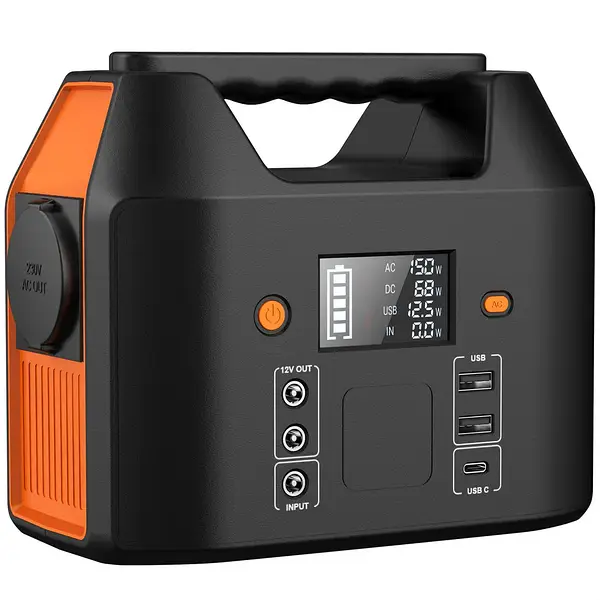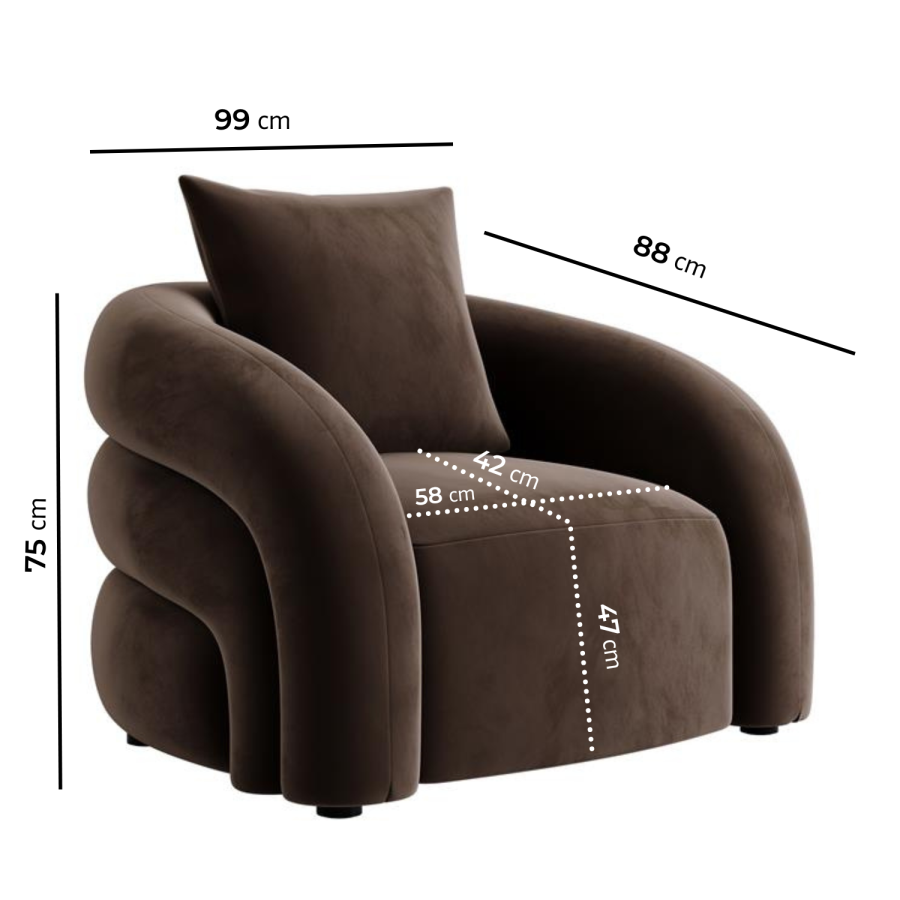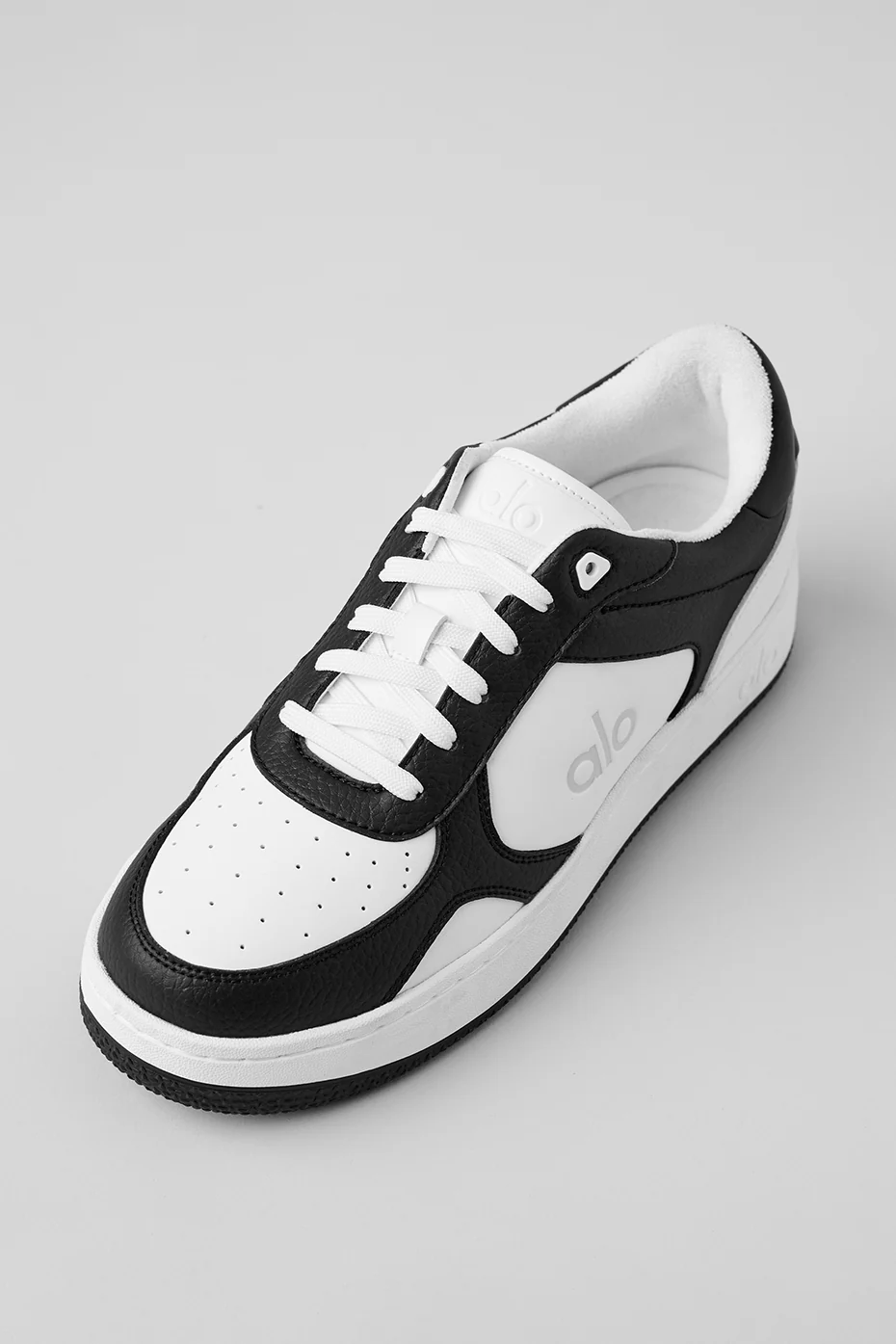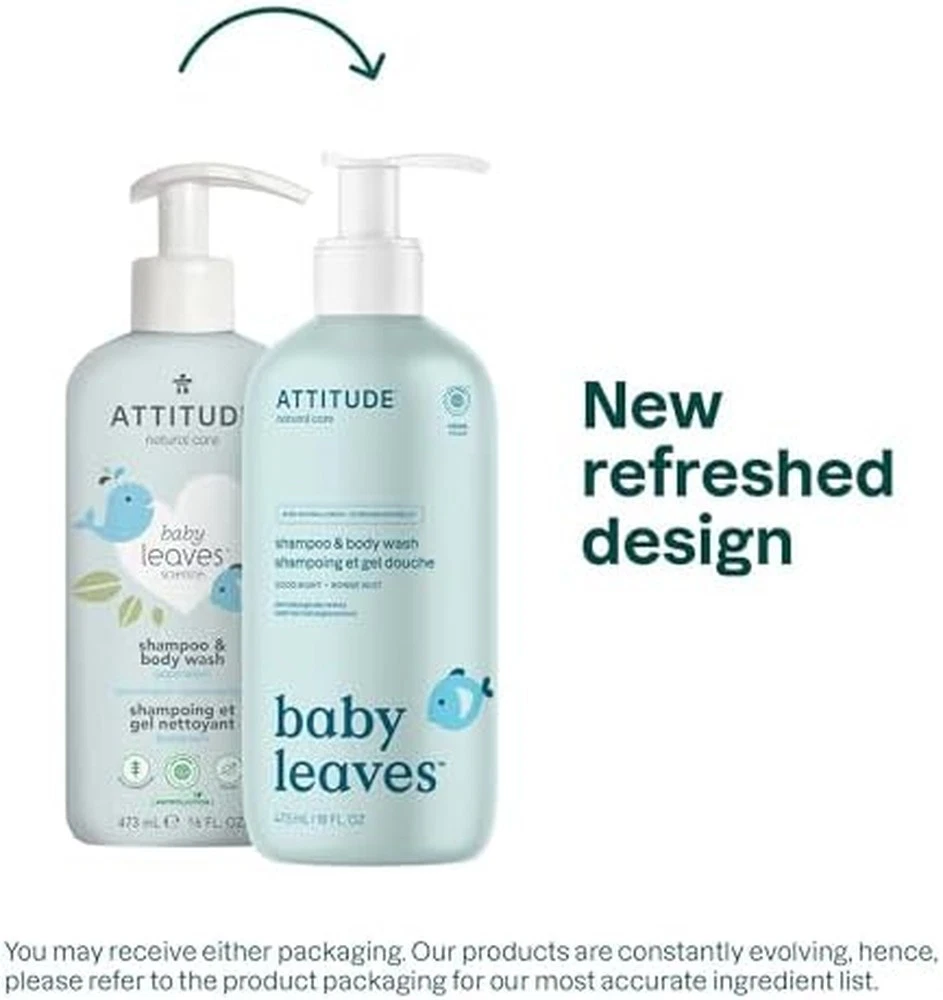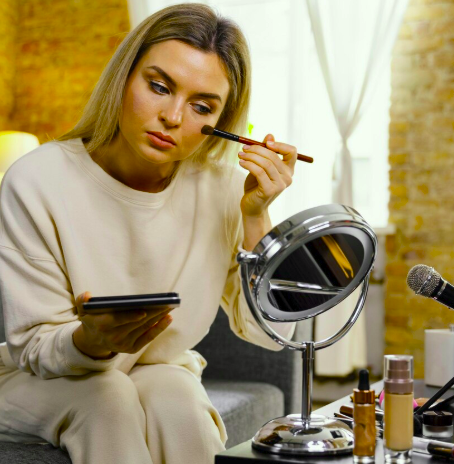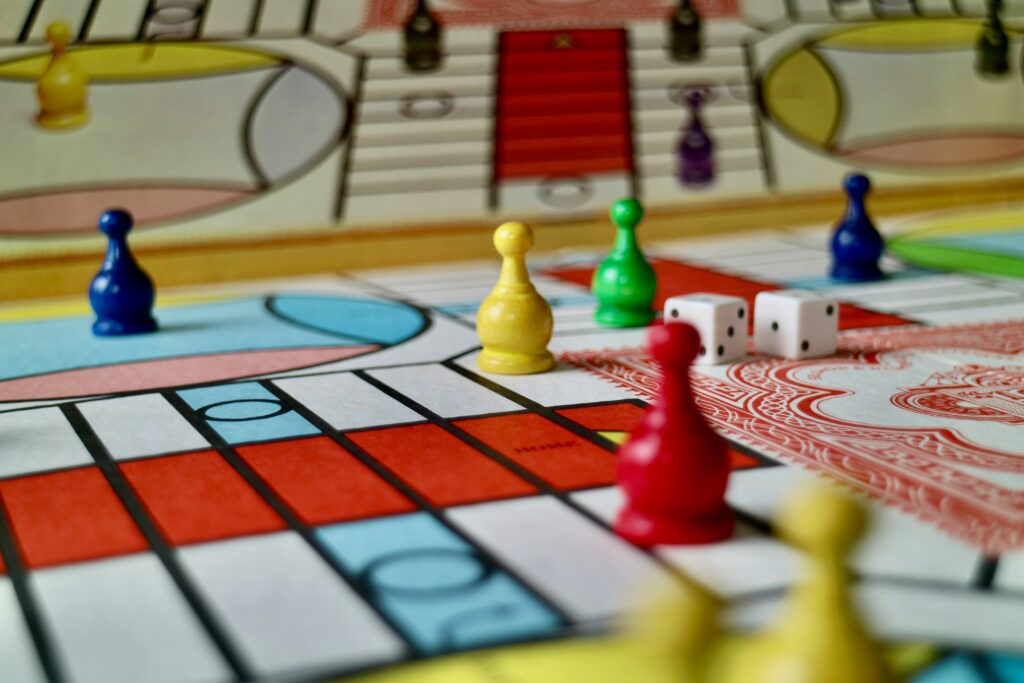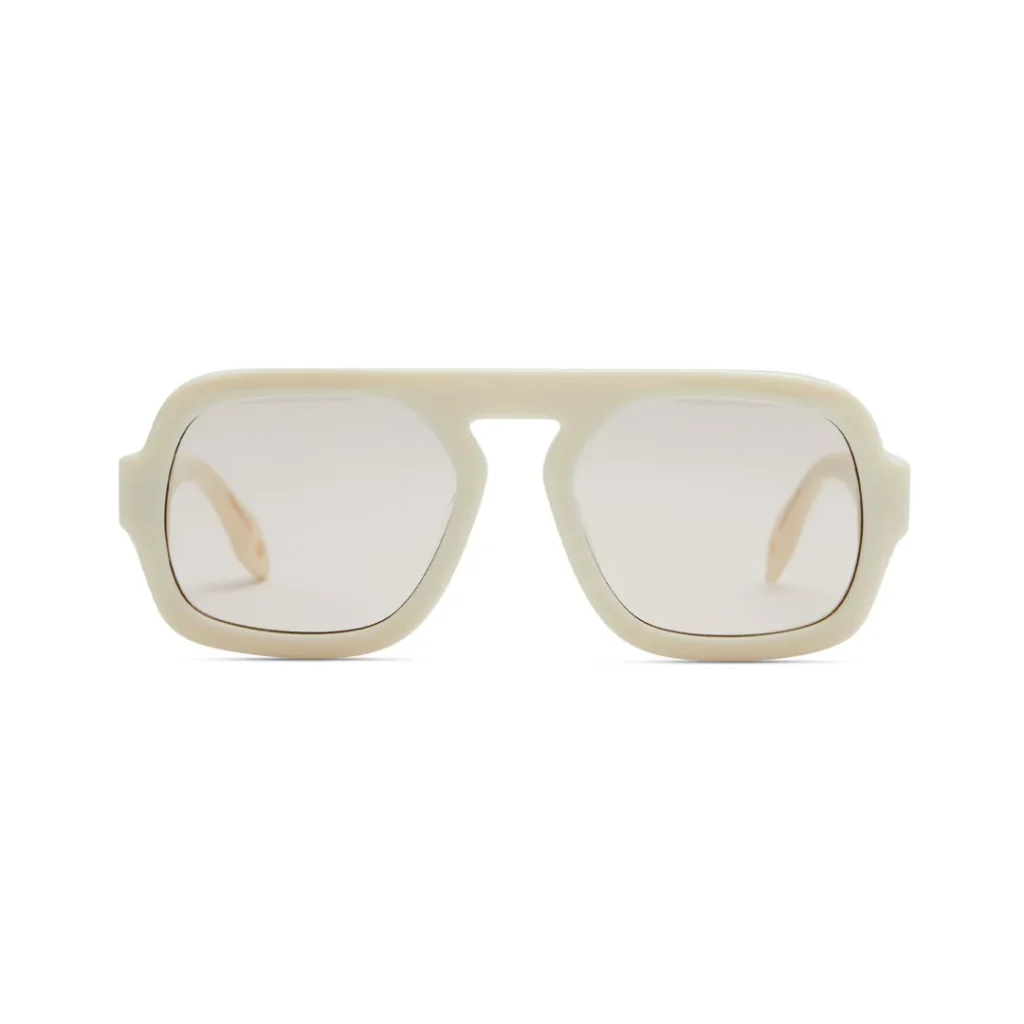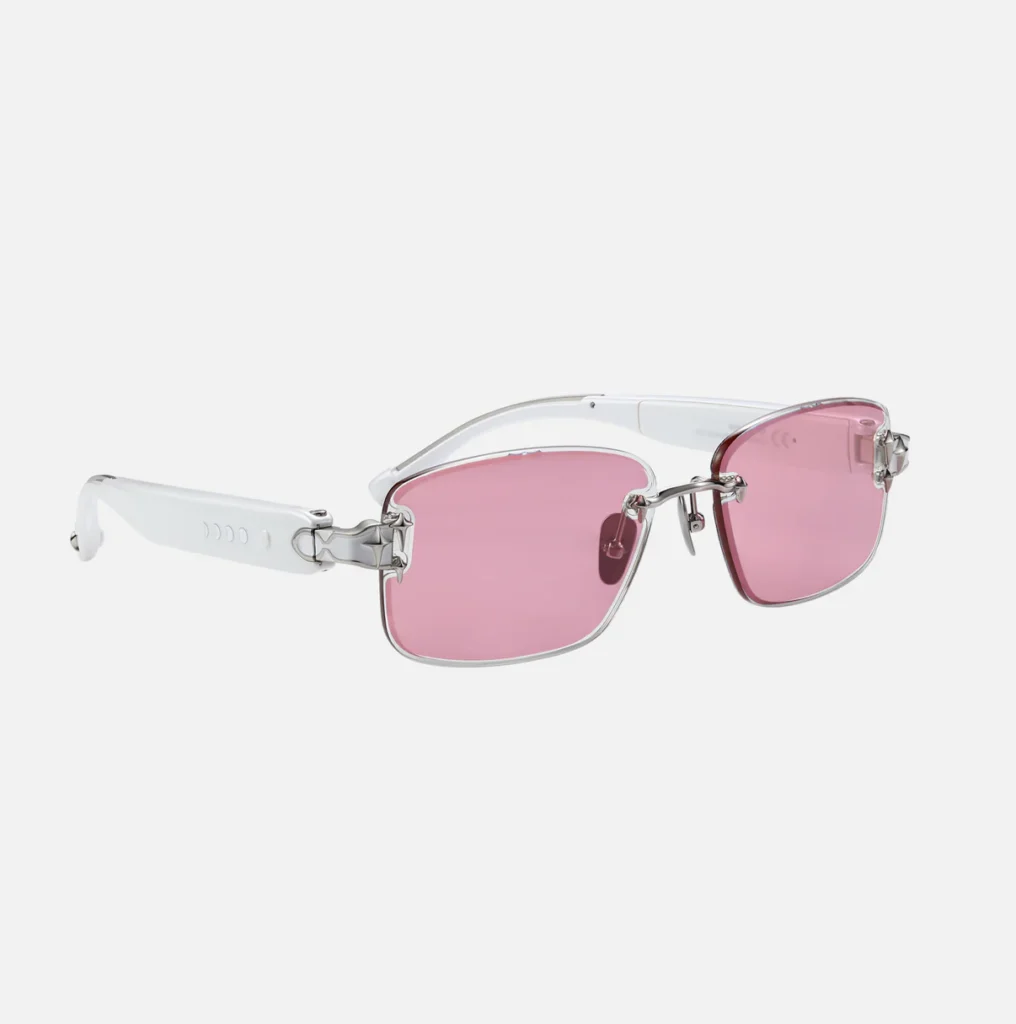Early literacy sticks best when it feels like discovery. Children lean in when characters invite them to listen, tap, trace, and try again without fear of being wrong. The Edurino universe is built around that philosophy: a tactile figurine unlocks a safe, ad-free learning world where your child practises core phonics and letter formation through short, rewarding missions. The Edurino Mika Starter Set focuses on recognising sounds and writing letters correctly, but the design magic is that children experience the work as play—stories, mini-games, and gentle challenges that keep motivation high while the small muscles of the hand quietly grow stronger.
In this article, we’ll set you up for success from the first unboxing. You’ll learn quick configuration on your device, how to introduce Mika so your child is the driver not the passenger, and simple routines that balance phonics practice with handwriting warm-ups. We’ll cover differentiation for ages four to seven, ideas for siblings and small groups, and screen-smart habits that keep focus where it belongs. Along the way, you’ll find troubleshooting tips, storage and hygiene suggestions, and language prompts that turn everyday moments into literacy wins.
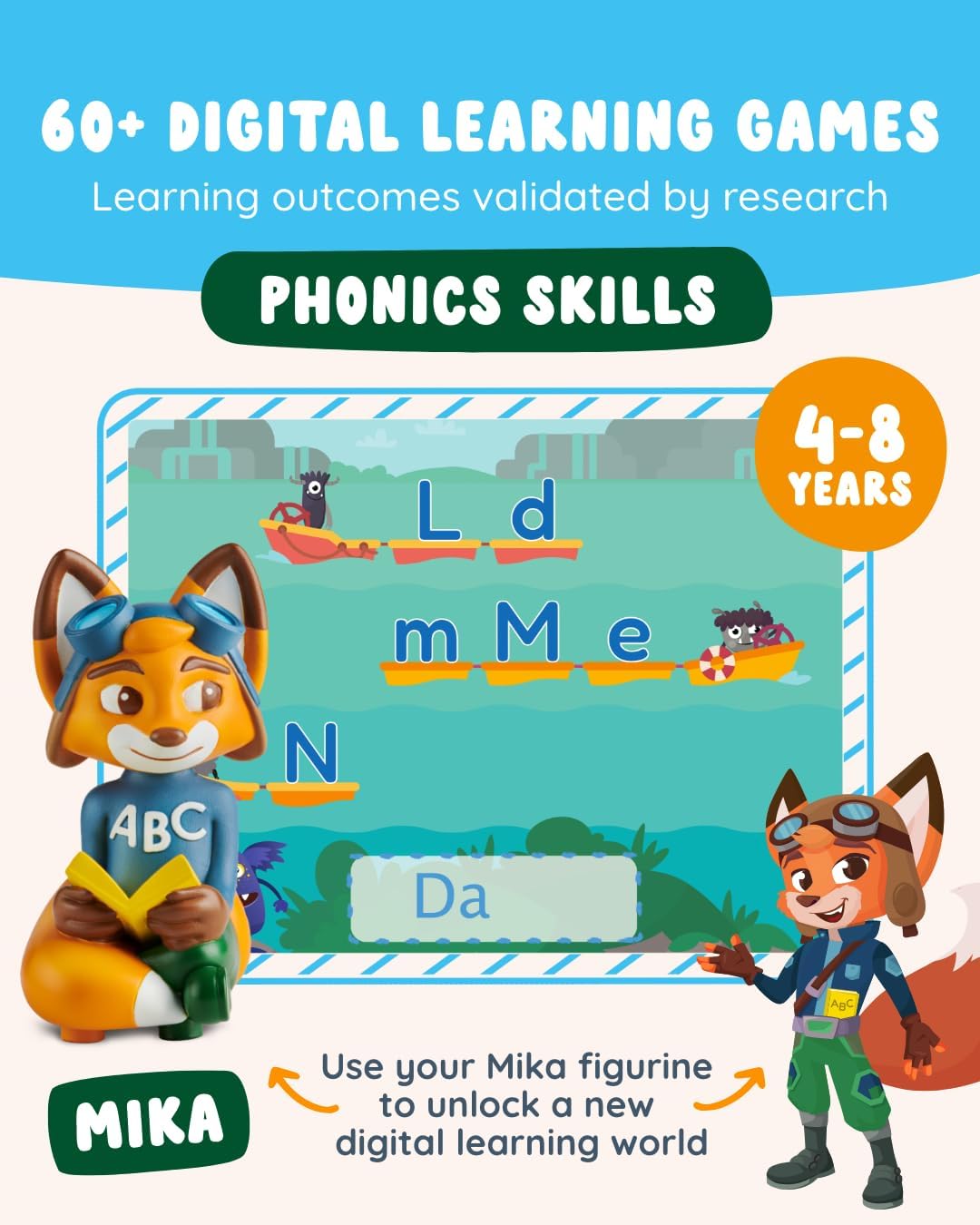
Why the Edurino approach works
The starter set blends three pillars—story, structure, and self-efficacy. Story keeps attention: Mika frames each activity with purpose (“let’s help,” “let’s build,” “let’s find”), so children feel they’re doing something meaningful, not repeating drills. Structure turns repetition into mastery: lessons revisit the same sounds and letter paths in slightly new contexts, spaced just enough to strengthen memory. Self-efficacy—the sense of “I can”—grows with instant feedback and achievable next steps. When a child hears the correct phoneme, sees a clean stroke trail, and earns a playful reward, the brain tags the behaviour as worth repeating.
Another quiet strength is how the set connects sound to movement. Children hear, say, and then form—ear, mouth, and hand working in sequence. That multisensory loop accelerates recall and makes the transition to pencil and paper surprisingly smooth.
Fast, confident setup
Keep the first session calm and short. Unbox, charge if needed, and install the Edurino app on your chosen device. Pair the Mika figurine following the on-screen prompt, then test audio at a comfortable, consistent level. Sit beside your child for the very first mission, narrating what you notice—“You listened for /m/ and found it”—but resist the urge to correct every wobble. The goal is to establish that Mika explains and the child explores. End the debut session while enthusiasm is still high; tomorrow becomes something to look forward to.
Place your device at a stable, child-height angle. If you’re using a stylus, choose a chunky one with a soft tip; if not, keep fingers clean and dry to reduce screen drag. A small, slightly textured mat under the tablet prevents sliding and encourages a balanced posture.
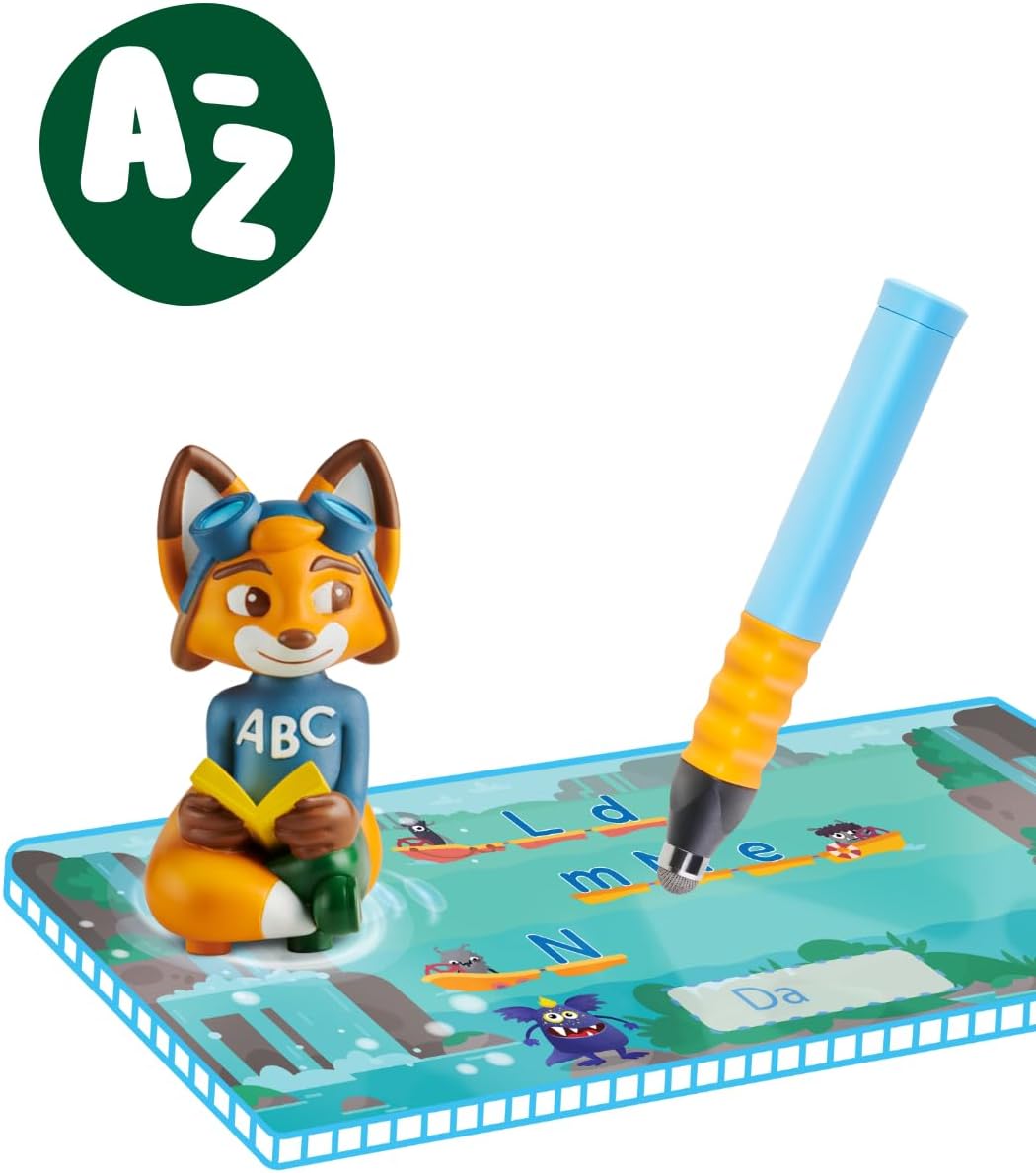
Phonics foundations that feel like a game
The Edurino Mika Starter Set emphasises sound recognition, blending, and letter–sound mapping. Treat these as mini-quests. Start sessions with three minutes of ear work: say a sound, have your child find items around the room that start with that sound, then return to Mika to confirm. Move to mouth work—exaggerate the shape for the sound and let your child mirror you; this boosts articulation and awareness. Finally, let the in-app activity link the heard sound to the seen letter. When all three steps align, decoding begins to feel natural.
Keep language clear and consistent. Use the pure phoneme—/s/ not “suh”, /m/ not “muh”—and celebrate the exactness. Gentle self-talk helps: “I hear /m/ at the start of ‘map’; I’ll try ‘m’.”
Letter formation: from big moves to neat lines
Writing confidence relies on controlled, repeatable paths. Begin away from the screen with large-scale movements—air writing with whole-arm sweeps, then finger tracing on textured cards, then marker on a vertical surface. Once the pathway is familiar, the Edurino tracing becomes a refinement, not the first draft. Encourage top-to-bottom, left-to-right starts, and anchor phrases to each stroke (“down, around, flick”). The set’s immediate visual feedback reinforces these cues and reduces guesswork.
Transition smoothly to pencil. After a clean in-app trace, do one or two pencil letters on paper that mirrors the screen size; then stop. Less is more at this stage. The win is quality and confidence, not pages filled.

A routine that actually sticks
Children thrive on rhythm. Aim for four short sessions per week rather than sporadic marathons. A practical pattern is ten minutes with Mika, five minutes of off-screen application, and a one-minute “show and tell.” In the app, focus on a small cluster of sounds or letters, then step away to build or draw something using those targets. The end cap is your child explaining, in their own words, what they did—“I found /s/ and wrote ‘s’ in the sand tray.” That simple recap consolidates learning and primes tomorrow’s success.
Build micro-rituals to signal start and stop: a special bookmark, a soft chime, a favourite seat. The stronger the ritual, the less negotiating you’ll need. If a day runs long, switch to an oral-only mini-session: three sounds around the kitchen, one silly sentence, high-five.
Differentiation for ages 4–7
Four-year-olds need bigger movements and shorter arcs. Let them trace with whole-hand grips, talk more than they write, and repeat a sound across several contexts before introducing the letter. Five-year-olds can handle tighter pathways and simple CVC blending; sprinkle quick “sound hunts” into everyday life. Six- and seven-year-olds benefit from contrasts and near-misses—pairs like /m/ vs /n/, or mirror-image letters like b/d—with reflective questions: “What changed? Where did you start?” For confident learners, invite them to be “teacher,” explaining a letter path to a toy or sibling. Teaching clarifies thinking.
If siblings share the set, stagger focus: one works in-app with Mika while the other does a paper or manipulative task with the same sounds, then swap. Keep ownership personal by using named folders or coloured trays for each child’s paper work.
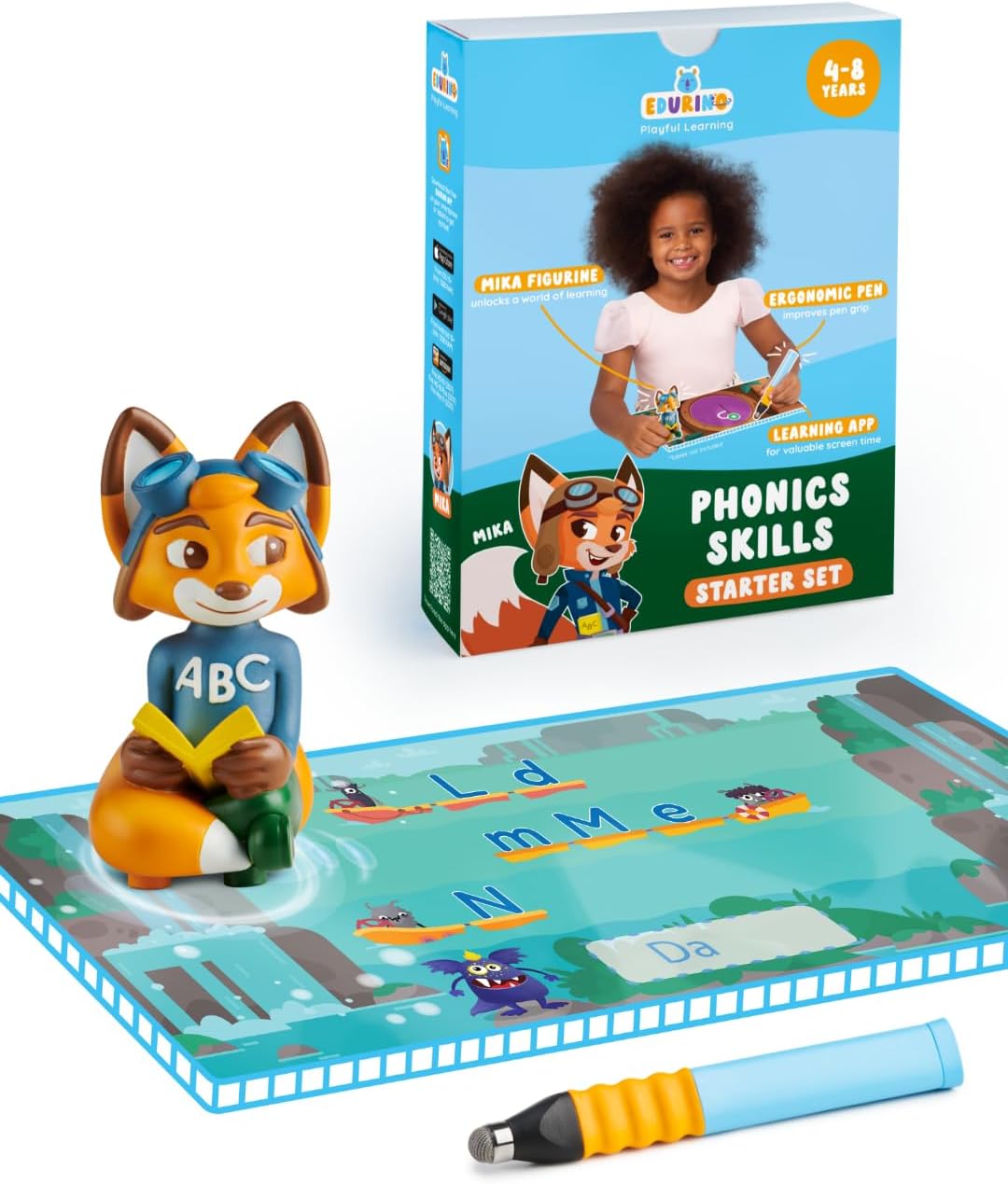
Blending screen time with real-world play
The Edurino environment is concentrated learning; the real world is where it generalises. After a Mika session, bring the same targets into play. Draw treasure maps with letter clues. Build sound streets from blocks where each house begins with the focus phoneme. Form letters with dough or string, then photograph the best one and celebrate. A sandbox or rice tray gives instant, low-stakes practice: smooth, write, smooth again. These friction-light moments maintain momentum without adding pressure.
Set healthy screen boundaries without drama. Frame the device as the “teacher” that gives the mission; the table or floor is the “studio” where your child completes it. A two-place routine—device then desk—naturally limits passive scrolling and keeps energy directed.
Language that lifts effort
The words you choose matter. Praise process over perfection: “You started at the top and tried a new way,” “You listened for the middle sound,” “You changed your plan when the path didn’t fit.” When mistakes happen, respond as a scientist: “That gave us information. Let’s try a different start.” Children internalise this stance and carry it into reading and writing challenges at school.
Short prompts help self-correction. Ask, “What sound do you feel in your mouth?” or “Where does your pencil wake up?” These cues keep ownership with the learner and reduce over-prompting from adults.
Troubleshooting common wobbles
If your child confuses look-alike letters, zoom out and rebuild the pathway at large scale with high contrast—big chalk on dark paper, dough on a tray—before returning to the screen. If attention dips, shrink the goal: one sound, one clean trace, one mini application. If frustration spikes, switch modalities for the day: sing the sound, jump it on floor tiles, or draw it with water on the pavement. Keep sessions short, frequent, and successful—momentum beats intensity.
For device hiccups, lower brightness to ease eye strain, clean the screen to reduce friction, and check palm-rejection settings if you’re using a stylus. If touch accuracy falters, rest the forearm on the table to stabilise fine movements; a folded towel can make a comfortable wrist rest.
Storage, hygiene, and care
Give Mika a visible home—a small tray near the learning spot—so the start of sessions feels inviting. Wipe figurines and the screen with a soft, slightly damp cloth after use; dry completely before storage. If several children use the set, establish a quick “clean, cap, park” routine and keep styluses in labelled cups. A photo label of the tray helps even pre-readers reset the station independently.
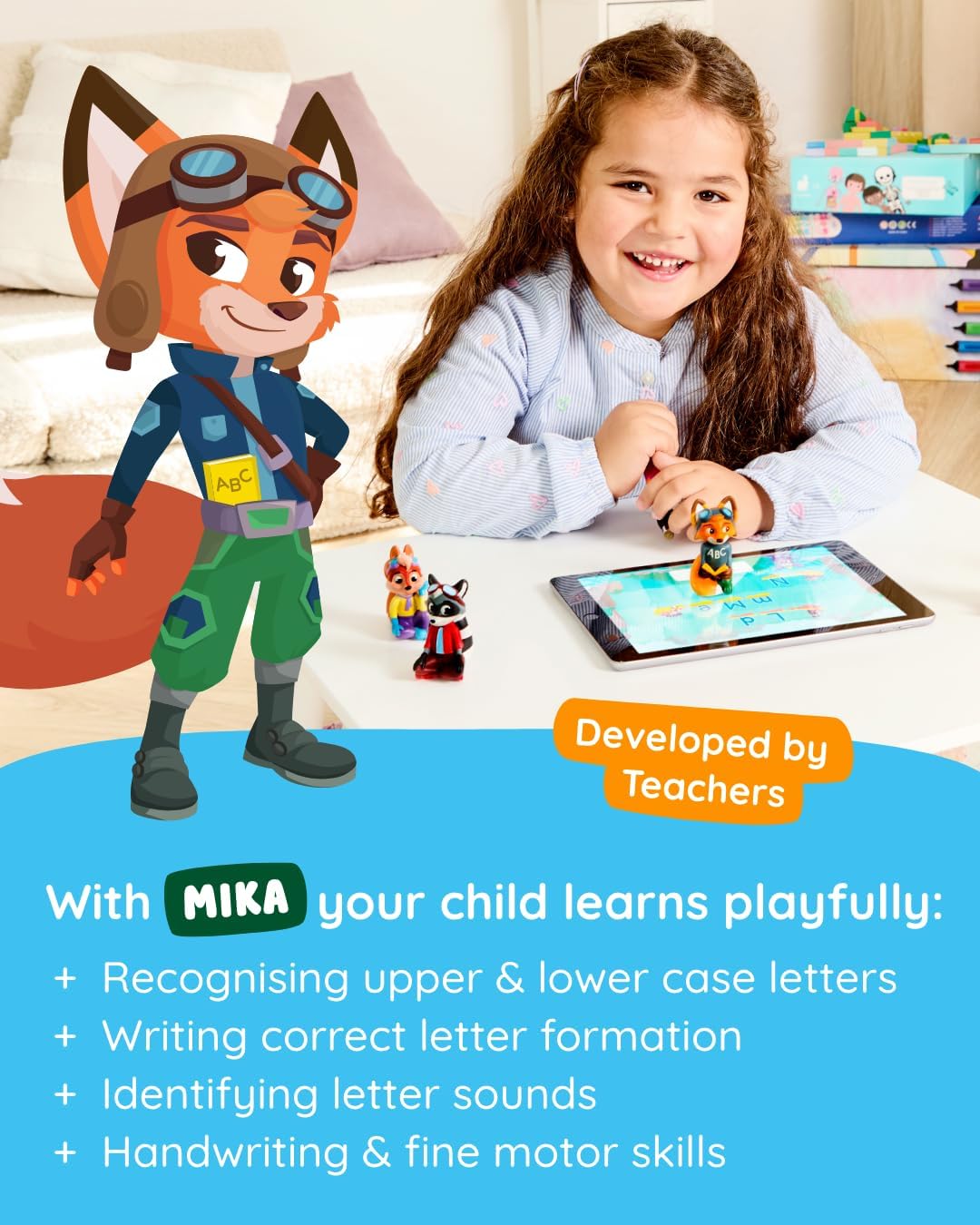
Home–school bridges
If you’re a parent, share a quick note with your child’s teacher: which sounds your child is practising, what letter paths you’re using, and any phrases that work. If you’re a teacher, send home a one-page prompt aligned with Mika missions—three focus sounds, a tracing mantra, and a playful at-home game. Alignment turns the child’s world into one continuous learning space; victory at school feels connected to victory at the kitchen table.
Conclusion
The journey from hearing a sound to writing a letter is small in distance but huge in consequence. The Edurino Mika Starter Set makes that journey feel friendly: characters who invite, missions that make sense, feedback that builds courage, and pathways that become habits. Start with a tidy setup and a short, joyful first session. Keep the rhythm light but regular, link screen moments to real-world play, and use language that celebrates effort. Over weeks, you’ll see clearer sounds, steadier strokes, and a child who believes “I can learn this.” That belief is the foundation every reader and writer needs.
FAQ
- What age is the Edurino Mika Starter Set best for?
Most children engage well from 4–7. Younger learners need shorter sessions and larger pre-writing movements; older ones enjoy contrasts and light challenges. - How long should a session last?
Ten to fifteen minutes is plenty. End on a success and carry the target sound or letter into a quick off-screen activity. - Do we need a stylus?
Not required, but a chunky, soft-tip stylus can improve control and mimic pencil posture. Fingers work fine while fine-motor strength builds. - How do I avoid teaching “letter names” too early?
Lead with sounds for reading; letter names are useful but can wait. Use pure phonemes and keep cues short and consistent. - My child reverses letters—what now?
Normal early on. Rebuild the path big, add a mantra for start points, and contrast pairs like b/d with tactile cues. - Can siblings share one set?
Yes. Alternate in-app and off-screen tasks with the same targets and keep separate paper folders so each child “owns” their progress. - How do I fit this around busy days?
Use micro-sessions: two minutes of sound hunting, one tracing path, one celebratory sentence. Consistency beats duration. - Is screen time a concern?
Treat the device as a mission brief, not a destination. Pair every on-screen win with a quick real-world application. - How do I talk about mistakes?
Use scientific language—“That gave us information”—and focus on the next try. Model calm revisions; children copy your stance. - What does success look like after a month?
Clearer sound–letter links, cleaner start points in letter paths, better stamina for short writing bursts, and more confident “I can” self-talk.


